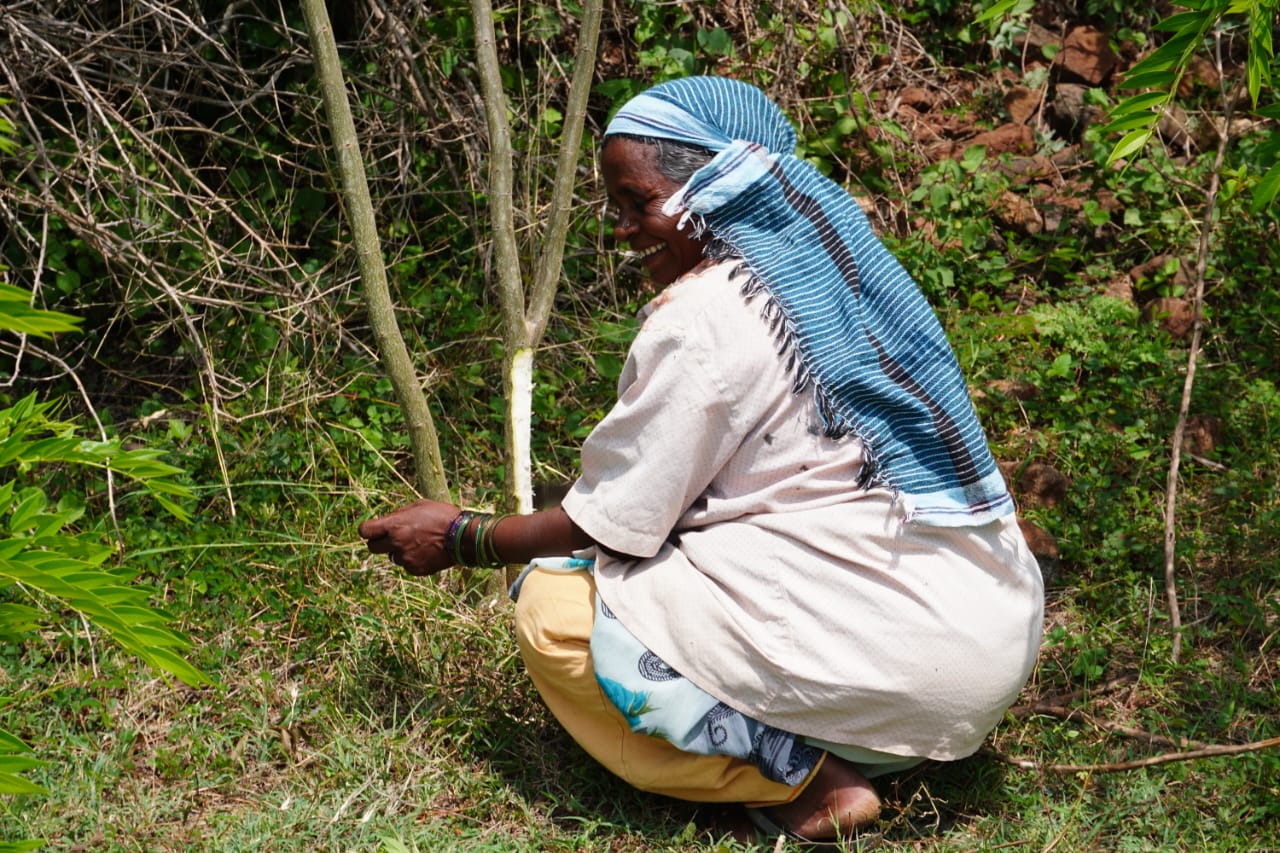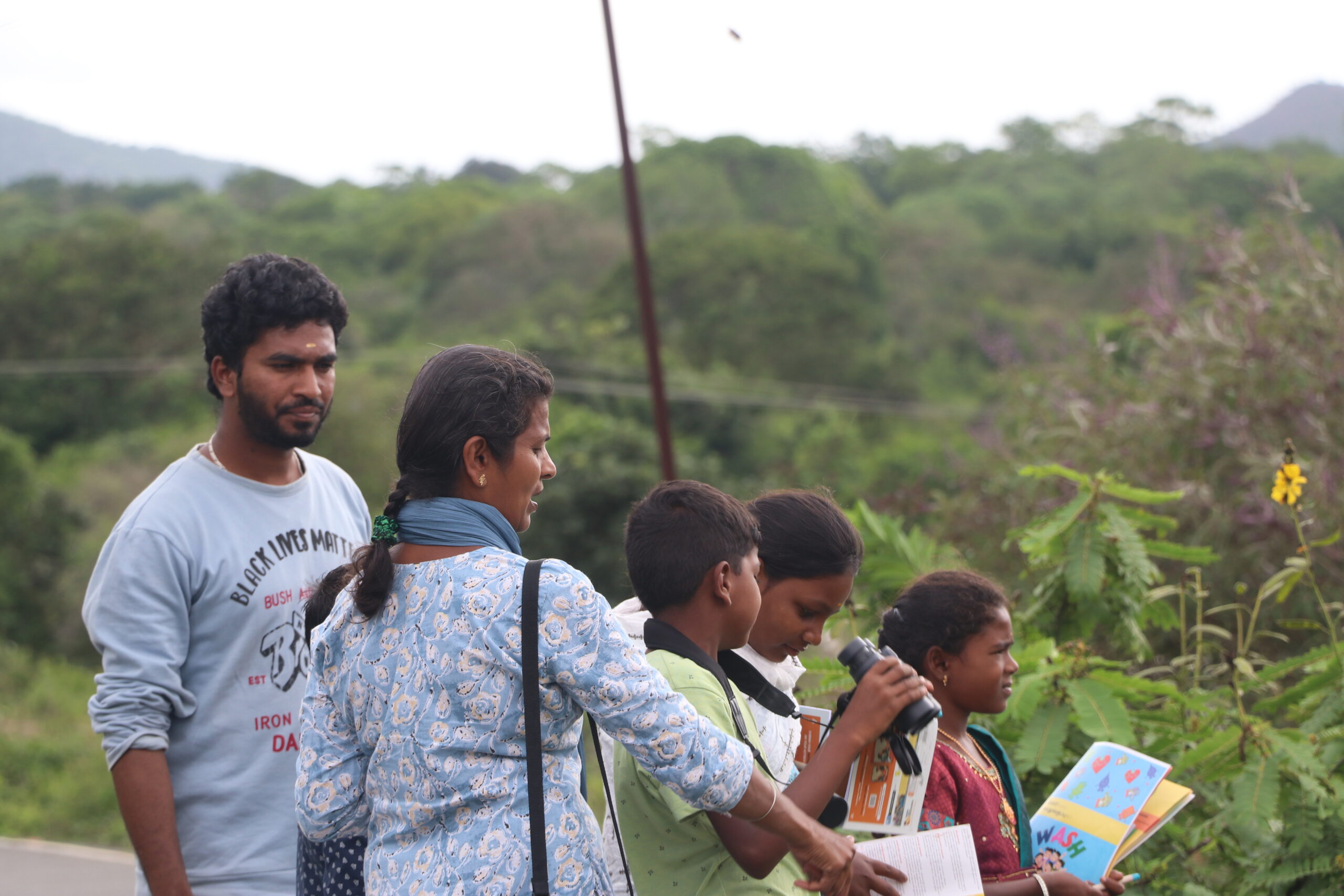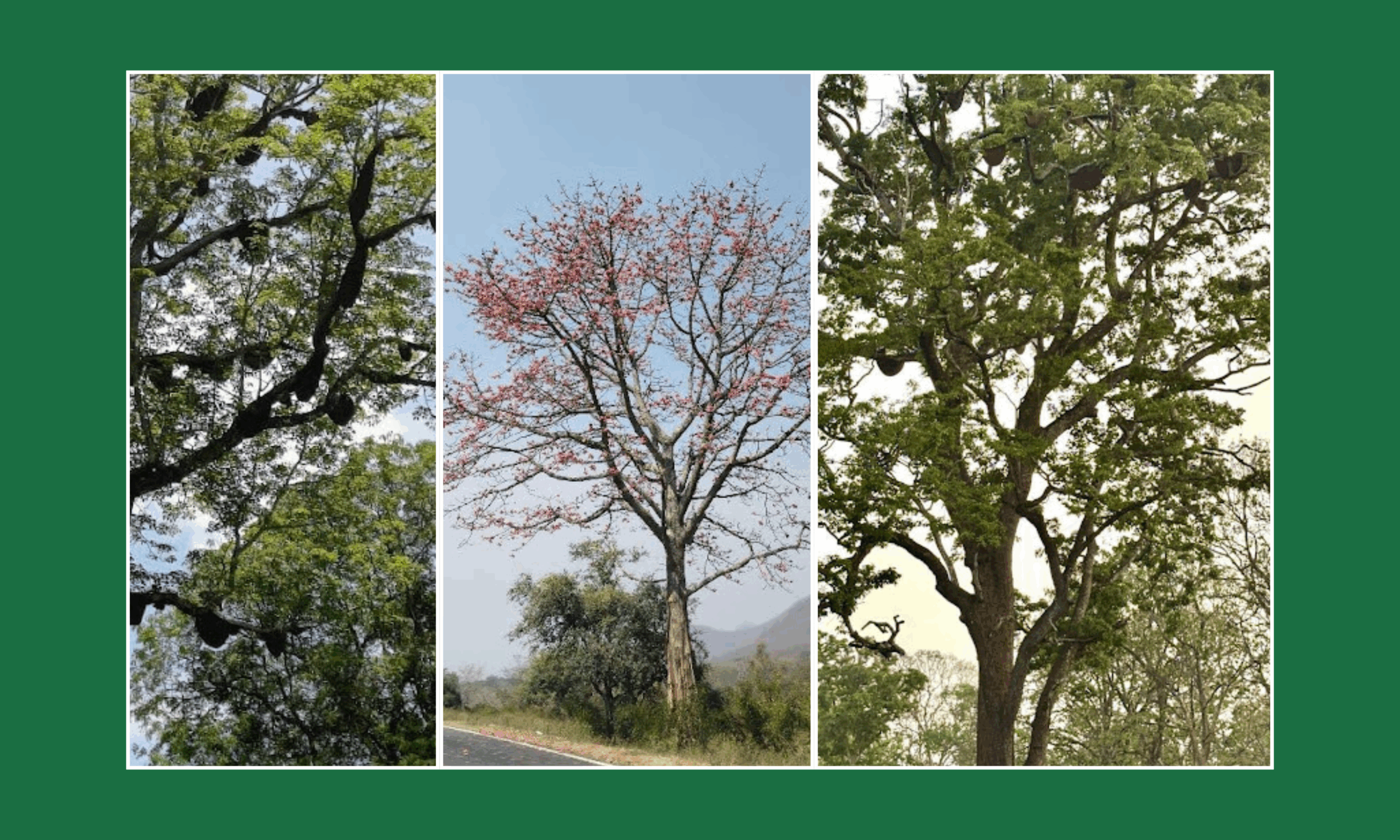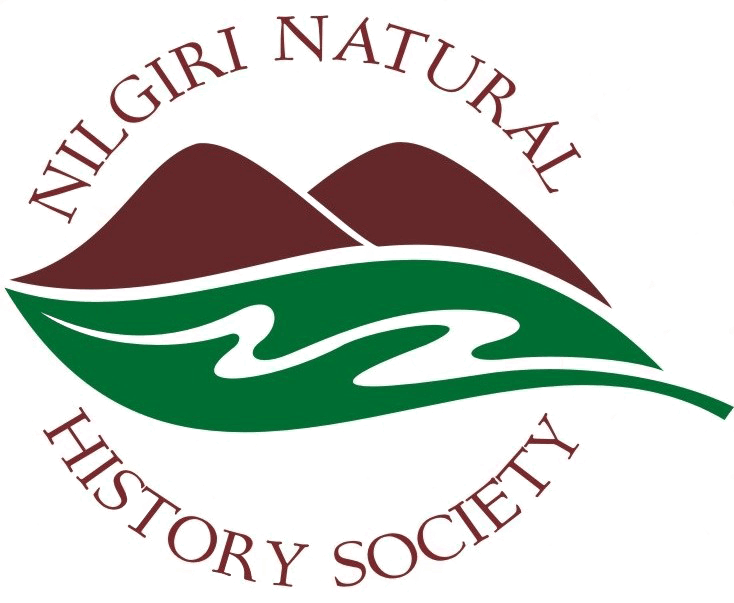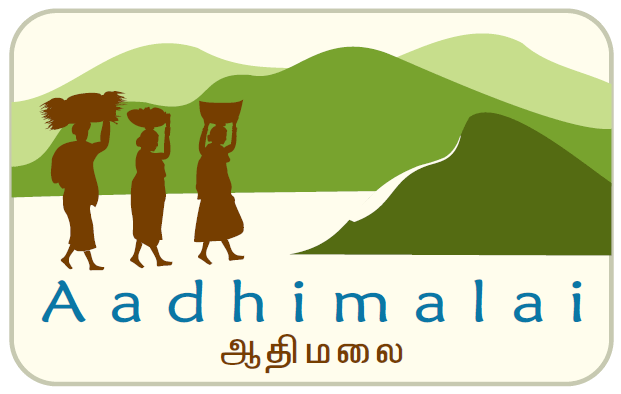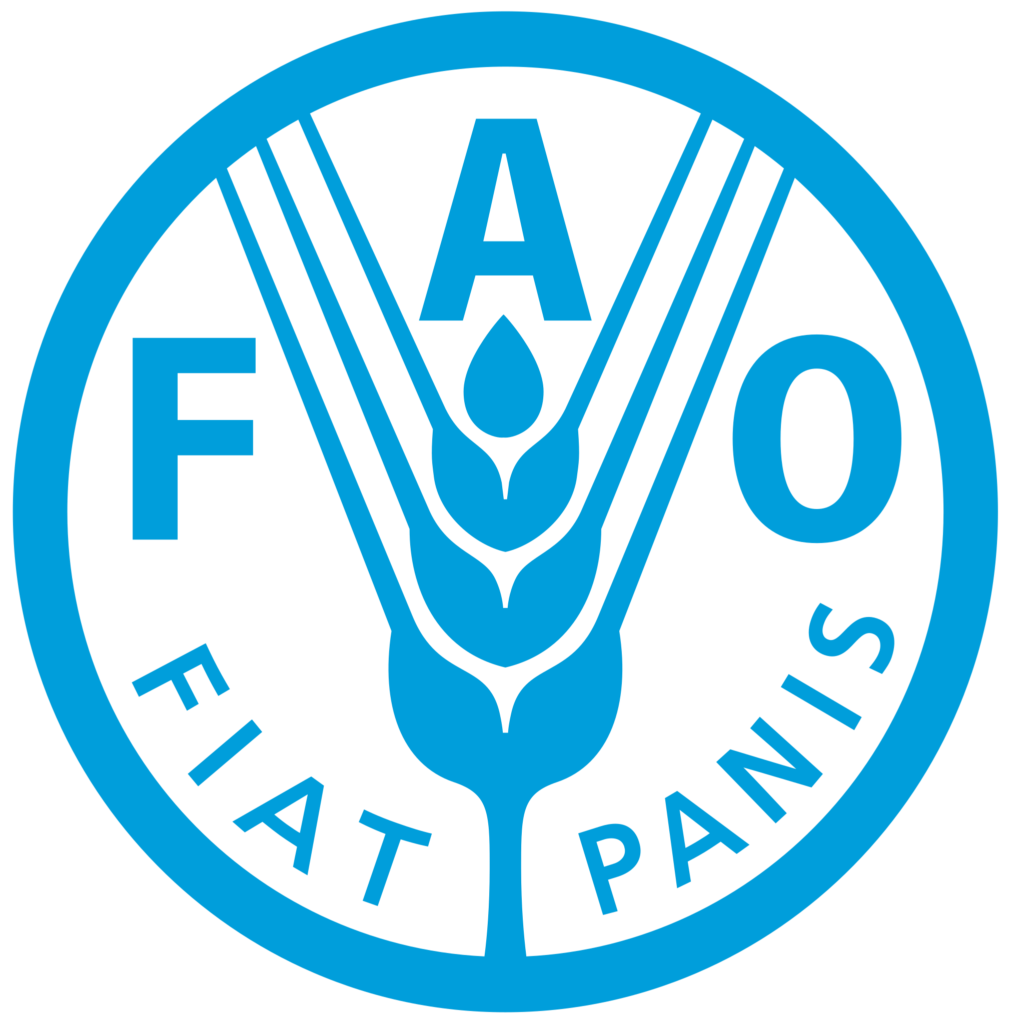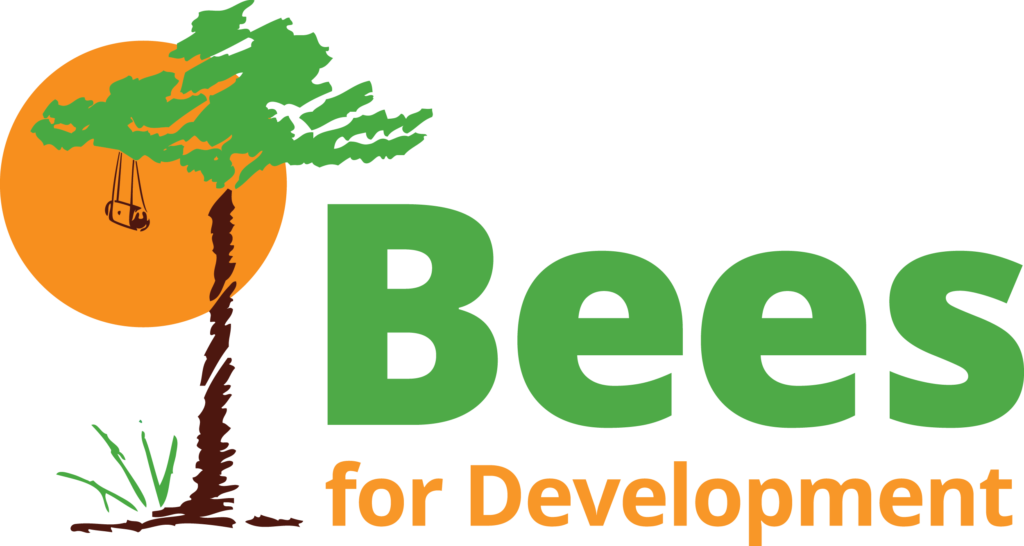Read about the first week and how it all began…
– It’s not what you look at that matters, it’s what you see.- Henry David Thoreau
The week of 20th May was one the students had been eagerly waiting for. As an early initiation to the field, the students traveled to Pillur on Sunday (19th May). As an added bonus, this was also Agalya’s (one of our local students) home. As she took them around the landscape, the students happily took in the sights and smell of this new landscape, very unlike the urban spaces they were familiar with.
Post-noon, on Sunday, the students set off to visit the Adhimalai production unit in Pillur where they were given first-hand information on the value addition methods, by the able resource personnel at the site. R Chandran of Keystone helped facilitate the interactions with the local villagers throughout their stay at Pillur. The evening was spent at the beautiful Pillur dam and needless to say, the students were captivated by the simplistic beauty of the place.
Monday included a visit to Agalya’s village of Kil Pillur and also the village of Kodiyur where they got to interact with Raman, a member of the village FRA committee. Raman gave them an insight into the FRA process at the ground level and the challenges and harsh realities of bureaucratic processes that may necessitate a complete go-over through the process cycles. In their case, it was a case of missing forms for community forest rights (CFRs) that required them to go through the long process all over again.

On Tuesday, the group was on the move again, this time headed to the Keystone field station inside the Sathyamangalam Tiger Reserve. The route took them through the beautiful Dhimbam ghats section before descending into Sathyamangalam and to the small village of Arepalayam, where the field centre is situated. Welcome summer showers set a cool ambiance to soak in the vegetation of the tiger reserve, which would be home for the next couple of days.
Wednesday saw the students ‘walking’ the landscape – through a valley as they observed the lay of the land and the different uses it was put to – fallow lands waiting for new crops, sugarcane waiting for harvest, flat beans putting forth their beautiful flowers to attract insects, village settlements, bamboo thickets and forest that covered the hill slopes in the distance. The shortcut through the countryside led to the Adhimalai production unit which was run with Thumbidakadu (Malaivazh Makkal Munnetra Sangam). A quick tour of the various products such as flavoured honey, pickles, dried herbs, beeswax products gave a cursory glimpse into the wide variety of NTFP resources available in the region. The next stop was at the TAMS centre (Thalavadi Adivasi Munnetra Sangam) which was the site for the exercises through the rest of the day. The students were introduced to 5 possible research topics based on their relevance and feasibility in the 4 chosen landscapes. Anita and Manu ran through the topics and what followed was an engaging dialogue on fleshing out the questions relevant to the topics in those landscapes. The 4 chosen landscapes were Pillur, Sigur, Sathyamangalam, and Kotagiri while the 5 topics assigned were – (a) NTFP decision making; (b) Range of livelihoods – impacts and dependencies; (c) Forest access mediation; (d) Pathways to health – traditional and non-traditional knowledge systems; (e) Migration patterns. The day closed with a preliminary understanding of the topics, what they encompassed and what might be the possible questions for exploration. On Wednesday evening, the students were in for a treat, as they took a leisure drive into the reserve and visited the Irula village of Mavanatham. As the sun set against the backdrop of the tranquil village pond, the students reflected on the landscape and its biodiversity; its deep interconnectedness with the people. And how either could not be understood in isolation.

Thursday was a short day, wherein the students were split into 4 groups ensuring a mix of both local and APU students and encouraged to decide a topic of their choice and explain the rationale. Once this was presented to the rest of the group, under the guidance of Anita, Manu and Jyothi, final topics and locations were decided upon and assigned to respective teams. The process of choosing a topic allowed for understanding and respect for each other’s interest and promoted dialogue to arrive at a consensus on a topic between members within a group.Friday was a more involved session on threshing out the research topics, discussing the methods and questions as the students went about revising their ideas and approaches with inputs from the resource personnel. They were also advised on the bare bones logistics relating to traveling to field sites, and how to engage at the field sites on their own. By the end of the day, the students were well and truly
equipped to dive into field research in earnest and were on their way, to their respective field sites. How will they undertake their scientific endeavour to understand the complex socio-ecological landscape of the Nilgiris? The coming weeks will tell that story.
By Sharada Ramadass

